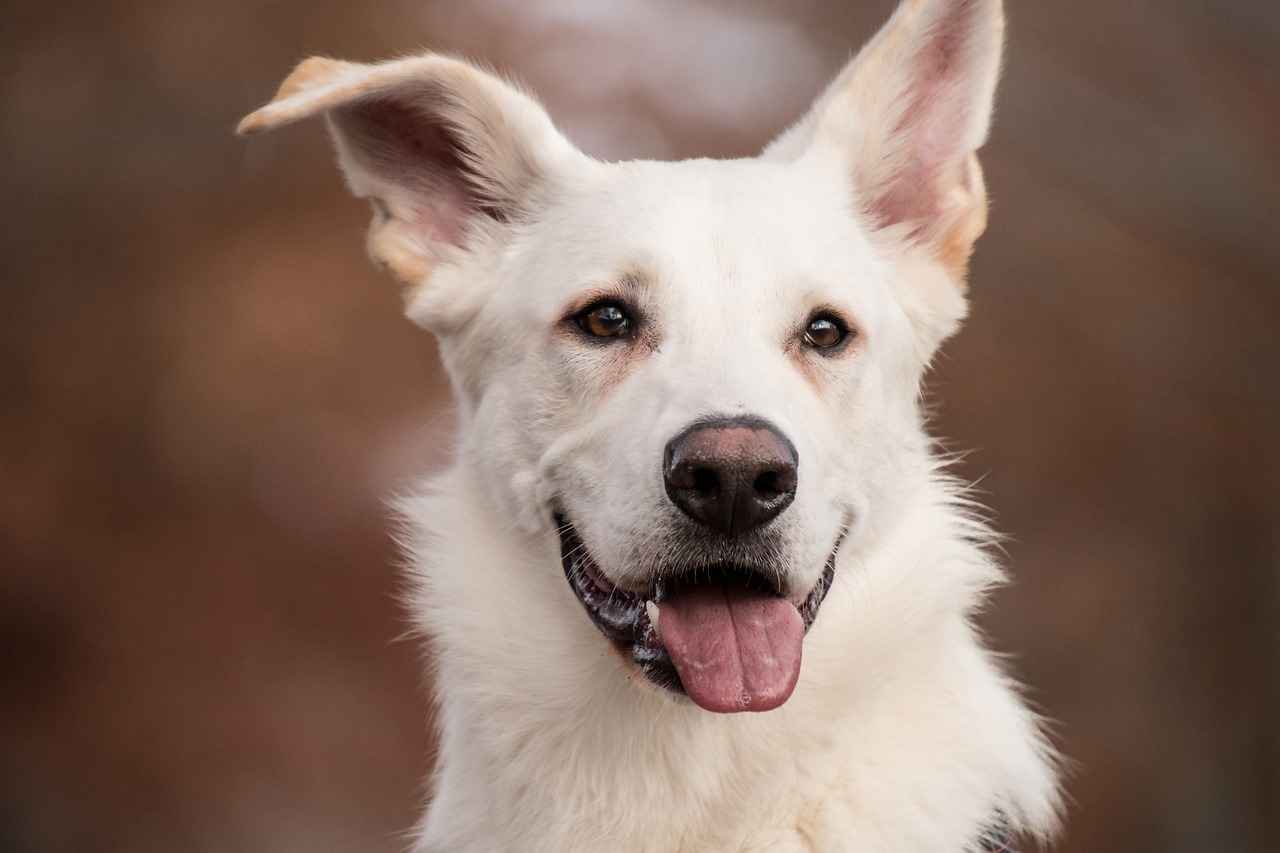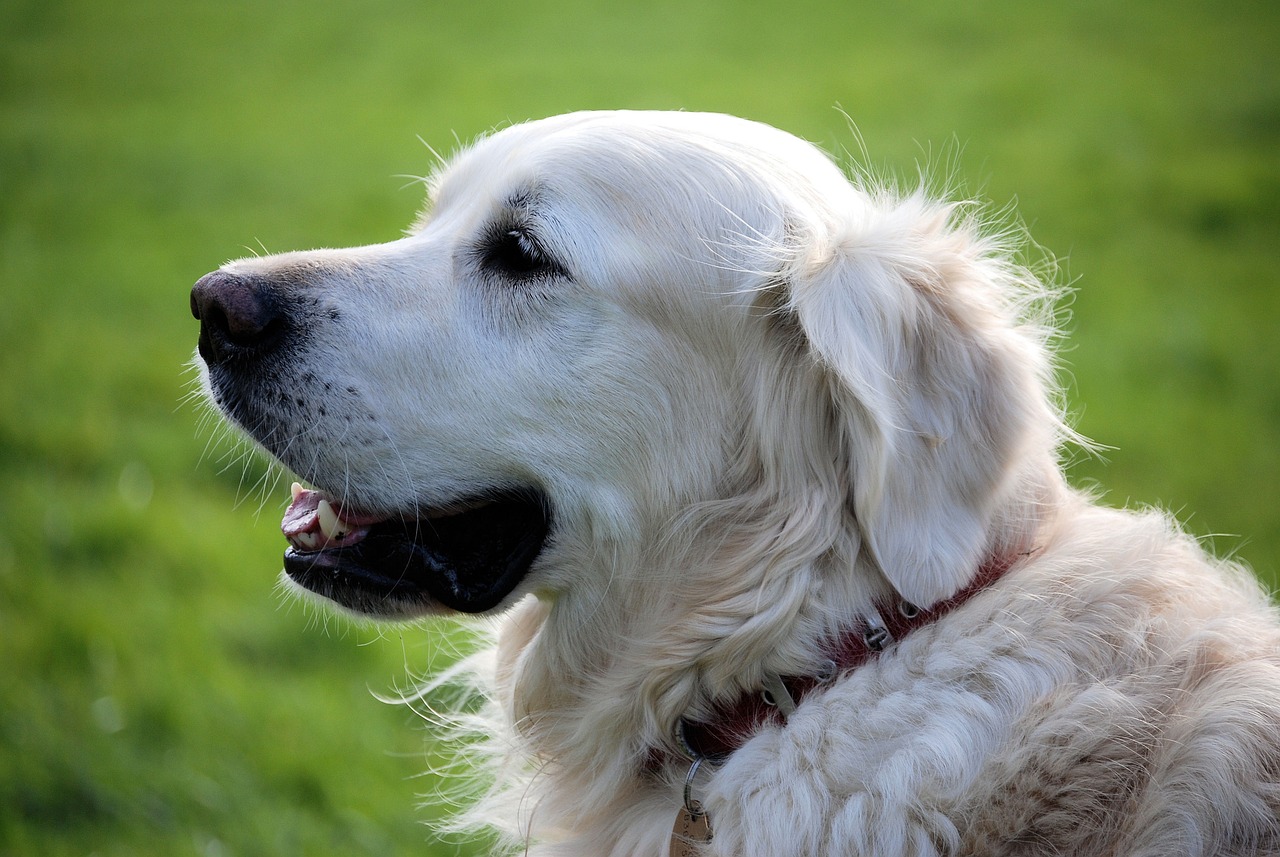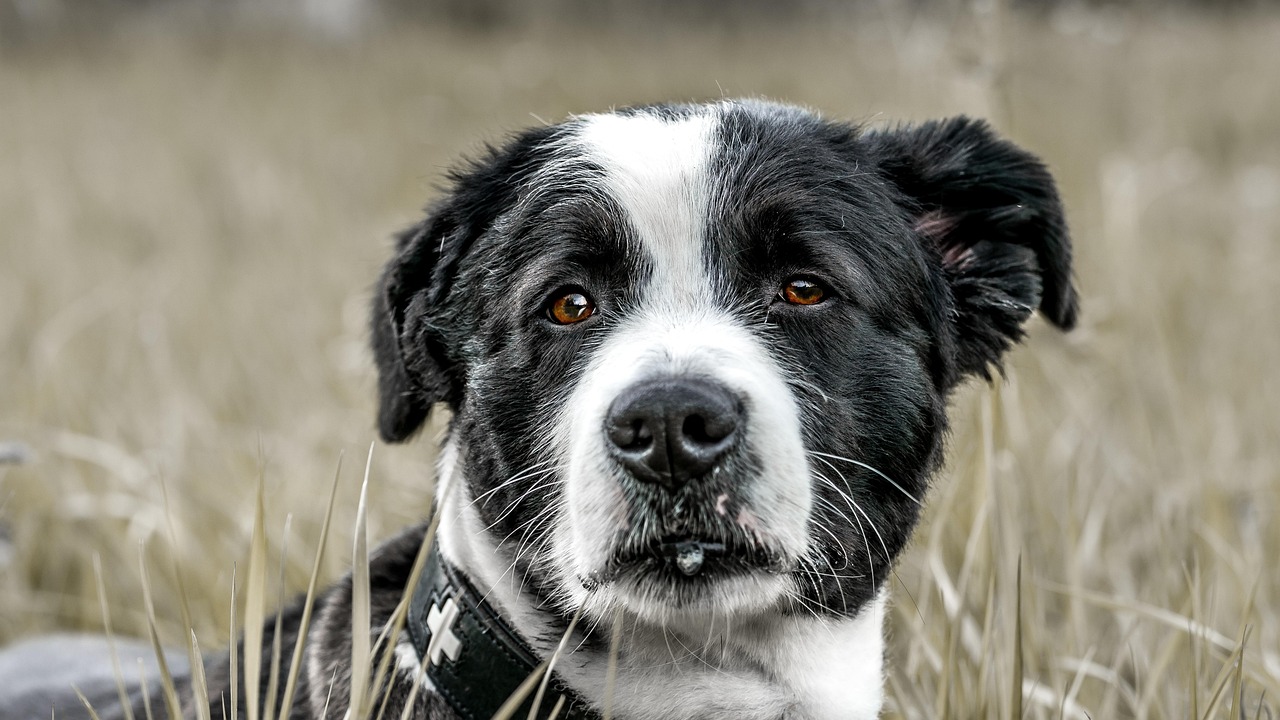This article delves into the statistics surrounding dog bites by breed, examining which breeds are most frequently involved in biting incidents. Additionally, it provides insights into the various factors that contribute to aggressive behavior in dogs.
Understanding Dog Bite Statistics
Dog bite statistics are crucial for understanding the frequency and severity of dog attacks. By analyzing these statistics, we can identify trends that inform public safety measures and enhance awareness regarding canine behavior and ownership responsibilities.
Factors Influencing Dog Aggression
- Genetics: Some breeds have been historically bred for protection or hunting, which can influence their behavior.
- Environment: A dog’s living conditions and exposure to various stimuli can significantly affect its temperament.
- Training: Proper training can mitigate aggressive tendencies, while lack of training can lead to behavioral issues.
- Socialization: Early exposure to different people, animals, and environments can help reduce fear and aggression.
The Role of Breed in Aggression
While certain breeds are often labeled as more aggressive, it is essential to recognize that individual temperament and upbringing play significant roles in a dog’s behavior. Misconceptions about specific breeds can lead to unwarranted fear and stigmatization.
Statistics on Dog Bites by Breed
Research indicates that breeds such as Pit Bulls, Rottweilers, and German Shepherds are frequently reported in bite incidents. This prompts discussions about breed-specific legislation and the responsibilities of dog owners.
Regional Variations in Dog Bite Statistics
Dog bite statistics can vary significantly by region, influenced by local laws, population density, and cultural attitudes toward specific breeds.
Preventing Dog Bites: Tips for Owners
- Proper Training: Engage in positive reinforcement training to foster good behavior.
- Socialization: Early and ongoing socialization can help dogs learn appropriate behaviors.
- Recognizing Warning Signs: Understanding a dog’s body language can help prevent aggressive incidents.
Conclusion: Responsible Dog Ownership
Responsible dog ownership involves understanding breed tendencies, ensuring proper training, and being aware of a dog’s behavior. By taking these steps, we can promote a safe environment for all members of the community.

Understanding Dog Bite Statistics
is crucial for both dog owners and the general public. These statistics shed light on the frequency and severity of dog attacks, enabling us to identify trends and develop effective public safety measures. By analyzing these statistics, we can better understand the dynamics of canine behavior and the responsibilities that come with dog ownership.
In recent years, data has shown that dog bites are a significant public health concern. The Centers for Disease Control and Prevention (CDC) reports that approximately 4.5 million dog bites occur each year in the United States alone. Of these incidents, about 800,000 require medical attention. Such alarming figures highlight the importance of understanding which breeds are most frequently involved in biting incidents.
Moreover, dog bite statistics can help identify trends based on various factors such as breed, age, and location. For instance, certain breeds are often reported more frequently in bite incidents, which raises questions about breed-specific behavior and owner responsibility. It is vital for potential dog owners to be informed about these trends to make educated decisions regarding dog selection.
Additionally, understanding the severity of dog bites is essential. Not all bites are created equal; some may result in minor injuries, while others can lead to serious complications. By analyzing the data, we can discern patterns that may indicate which breeds are more likely to inflict severe injuries, thereby informing public safety initiatives.
In conclusion, dog bite statistics serve as a valuable resource for understanding canine behavior and ensuring public safety. By recognizing the trends and factors influencing dog attacks, we can promote responsible ownership and create safer communities for both humans and dogs.

Factors Influencing Dog Aggression
Understanding the causes of dog aggression is crucial for pet owners and the community. Aggressive behavior in dogs can lead to serious incidents, and addressing the root causes can significantly reduce the risk of bites. Several key factors contribute to this behavior:
- Genetics: Some breeds are genetically predisposed to aggressive behavior. While genetics can play a role, it is essential to remember that not all dogs of a certain breed will exhibit aggression.
- Environment: A dog’s surroundings greatly influence its behavior. Dogs raised in a stressful or chaotic environment may develop aggressive tendencies. Factors such as lack of space, exposure to violence, or inadequate shelter can affect their temperament.
- Training: Proper training is vital in shaping a dog’s behavior. Dogs that undergo positive reinforcement training are less likely to display aggression. Conversely, those that experience harsh training methods may become fearful or defensive, leading to aggressive behavior.
- Socialization: Early socialization is crucial for a dog’s development. Dogs that are not exposed to various people, animals, and environments during their formative months may become fearful or anxious, which can lead to aggression.
By understanding these factors, dog owners can take proactive steps to mitigate aggressive behavior. This includes providing a stable environment, investing in proper training, and ensuring that dogs are well-socialized from a young age. Being aware of these aspects not only improves a dog’s behavior but also enhances safety for both the dog and the community.
In conclusion, addressing the multifaceted reasons behind dog aggression is essential for responsible pet ownership. By focusing on genetics, environment, training, and socialization, we can foster a safer environment for everyone.
The Role of Breed in Aggression
When discussing dog aggression, it is crucial to understand that while certain breeds may have a reputation for being more aggressive, the reality is far more nuanced. Individual temperament and upbringing are significant factors that influence a dog’s behavior. This means that generalizations about breeds can often be misleading.
Many people associate aggression with specific breeds due to media coverage of dog attacks, leading to a stigma that unfairly labels these dogs. For instance, breeds like Pit Bulls, Rottweilers, and German Shepherds are frequently mentioned in discussions about aggressive behavior. However, it is essential to recognize that a dog’s environment, training, and socialization play a pivotal role in shaping its behavior.
Genetics can predispose certain breeds to specific traits, including protective instincts or high energy levels. Nonetheless, these traits do not inherently equate to aggression. For example, a well-trained and socialized dog, regardless of breed, is less likely to display aggressive behavior. Conversely, a poorly socialized dog may exhibit fear-based aggression, which can occur in any breed.
Furthermore, the owner’s responsibility in training and socializing their dog cannot be overstated. Early exposure to various environments, people, and other animals can significantly reduce the likelihood of aggressive tendencies developing. This underscores the importance of understanding that a dog’s behavior is not solely determined by its breed but is also shaped by its experiences and the guidance it receives from its owner.
In conclusion, while breed can influence a dog’s predisposition to certain behaviors, it is the combination of individual temperament, environment, training, and socialization that ultimately determines a dog’s behavior. Responsible ownership and education are essential in promoting safe interactions between dogs and humans.
Common Misconceptions About Breeds
In the realm of dog ownership, misconceptions about specific breeds can lead to significant misunderstandings and unfair stigmatization. Many people associate certain breeds with aggression or danger, often based on stereotypes rather than factual evidence. This can result in a lack of opportunities for these dogs, as potential adopters may overlook them due to fear or misinformation.
It’s essential to recognize that a dog’s behavior is influenced by a multitude of factors, including genetics, environment, and training. While some breeds may have tendencies towards specific behaviors, it is crucial to evaluate each dog as an individual. For instance, breeds such as Pit Bulls and Rottweilers are often labeled as aggressive, yet many individuals of these breeds are gentle and loving companions when raised in a supportive environment.
Education plays a pivotal role in dispelling these myths. By understanding the true characteristics and needs of different breeds, prospective dog owners can make informed decisions that promote responsible ownership. This includes recognizing that early socialization and positive reinforcement training are vital in shaping a dog’s behavior, regardless of its breed.
Moreover, community safety can be enhanced through awareness and education. When individuals understand that aggression can stem from fear, lack of socialization, or poor training rather than breed alone, they are more likely to advocate for responsible pet ownership. This shift in perspective can lead to a more harmonious coexistence between dogs and the community.
In conclusion, addressing the misconceptions surrounding dog breeds is essential for fostering a safer and more informed society. By promoting education and understanding, we can create a world where every dog, regardless of its breed, has the opportunity to thrive and be loved.
Influence of Early Socialization
Early socialization is a crucial component in the development of a dog’s behavior. It is during this formative period that puppies learn to interact with their environment, other animals, and humans. Proper socialization helps dogs understand acceptable behaviors and reduces the likelihood of developing aggressive tendencies later in life. This process not only builds confidence in dogs but also fosters a sense of security in various situations.
Studies have shown that dogs who undergo early socialization are less likely to exhibit fear-based aggression. By exposing puppies to a variety of experiences, such as different people, sounds, and environments, owners can help their pets develop a well-rounded temperament. This exposure is vital in preventing behavioral issues that can arise from fear or anxiety.
- Positive Experiences: Early socialization should focus on positive interactions. This includes playdates with other dogs, visits to parks, and encounters with friendly strangers.
- Gradual Exposure: Introduce puppies to new experiences gradually to avoid overwhelming them. This can include car rides, vet visits, and exposure to various environments.
- Training Classes: Enrolling in puppy training classes can provide structured socialization opportunities and teach basic commands, enhancing the bond between the dog and owner.
It’s important to note that the critical period for socialization occurs between 3 and 14 weeks of age. During this time, puppies are more receptive to new experiences, making it essential for owners to take advantage of this window. However, socialization should continue throughout a dog’s life to reinforce positive behavior.
In conclusion, investing time in early socialization is vital for all dog owners. By ensuring that puppies are well-socialized, owners can help prevent behavioral issues and promote a harmonious relationship between dogs and their communities.
Statistics on Dog Bites by Breed
Understanding dog bite statistics by breed is crucial for potential dog owners and communities alike. These statistics reveal important patterns that can help in identifying which breeds are more frequently involved in biting incidents. By analyzing these trends, prospective owners can make informed decisions that prioritize safety and compatibility with their lifestyles.
Dog bite incidents can be influenced by various factors, including the dog’s environment, training, and socialization. However, certain breeds tend to appear more often in bite reports. For instance, breeds like Pit Bulls, Rottweilers, and German Shepherds are frequently mentioned in discussions about dog aggression. This does not imply that these breeds are inherently dangerous; rather, it highlights the need for responsible ownership and proper training.
Moreover, regional variations in bite statistics can provide insights into local attitudes towards specific breeds. In some areas, stricter breed-specific legislation may exist, influencing the prevalence of certain breeds in the community. Understanding these regional differences can further aid potential owners in selecting a breed that aligns with local norms and regulations.
Statistics also reveal that many bites occur due to a lack of proper socialization and training. Dogs that are not adequately exposed to different environments and people may react aggressively out of fear or anxiety. Therefore, early socialization is vital in reducing the likelihood of aggressive behavior.
In conclusion, analyzing dog bite statistics by breed offers valuable information for potential dog owners. By understanding which breeds are more commonly involved in biting incidents and recognizing the importance of training and socialization, individuals can make better choices that ensure both their safety and that of their future pets.

Most Frequently Reported Breeds in Bite Incidents
When it comes to understanding dog bite incidents, certain breeds emerge more frequently in reported cases. This trend is crucial for potential dog owners to consider, as it can significantly influence their choices regarding breed selection and overall safety. By examining the statistics and understanding the underlying factors, prospective owners can make informed decisions that align with their lifestyle and safety needs.
Why Breed Matters in Dog Bite Incidents
While it is essential to recognize that not all individuals of a breed exhibit aggressive behavior, certain breeds tend to be involved in more bite incidents due to a combination of factors. These may include genetic predispositions, environmental influences, and owner behaviors. Understanding these trends can help mitigate risks and promote responsible ownership.
Common Breeds in Bite Reports
- Pit Bulls: Often at the top of bite statistics, their muscular build and strong jaws contribute to the severity of bites.
- Rottweilers: Known for their protective nature, they can become aggressive if not properly trained and socialized.
- German Shepherds: Frequently used in police and military roles, they may exhibit aggressive tendencies without proper training and socialization.
- Chihuahuas: Surprisingly, smaller breeds like Chihuahuas can also be involved in bite incidents, often due to fear-based aggression.
Understanding the Trends
Recognizing the breeds that are most frequently reported in bite incidents allows potential dog owners to assess their own lifestyles and capabilities. For instance, families with young children may want to consider breeds known for their gentle temperaments, while individuals living alone in urban environments may prioritize breeds that are more adaptable to smaller living spaces.
Conclusion
In conclusion, while certain breeds appear more frequently in bite reports, it is vital to understand that individual behavior can vary widely. Responsible ownership, including proper training and socialization, is crucial in preventing aggressive behavior. By considering these factors, potential dog owners can choose breeds that not only fit their lifestyle but also promote a safer community for everyone.
Top Breeds Involved in Dog Bites
Understanding the dynamics of dog bites is crucial for potential dog owners and the general public. Research indicates that certain breeds, particularly Pit Bulls, Rottweilers, and German Shepherds, are frequently associated with bite incidents. This trend raises important discussions about breed-specific legislation and the responsibilities of dog owners.
Why Do Certain Breeds Bite More?
It is essential to recognize that while specific breeds may be more often reported in bite incidents, this does not inherently mean they are more aggressive. Factors such as environment, training, and socialization play a significant role in a dog’s behavior. For example, a well-trained and socialized Pit Bull can be a loving family pet, just as a poorly trained dog of any breed can exhibit aggressive tendencies.
- Pit Bulls: Often misunderstood, they are known for their strength and tenacity. Responsible ownership and training are vital.
- Rottweilers: Loyal and protective, they require consistent training and socialization to thrive in a home environment.
- German Shepherds: Intelligent and versatile, they can be prone to aggression if not properly trained and socialized.
Statistics and Public Perception
Statistics show that these breeds are frequently involved in serious bite incidents, leading to a perception that they are inherently dangerous. However, it’s crucial to consider the context of these incidents. Factors such as the dog’s upbringing, the owner’s experience, and the circumstances surrounding the bite play a significant role.
Conclusion
In conclusion, while breeds like Pit Bulls, Rottweilers, and German Shepherds are often highlighted in discussions about dog bites, it is important to focus on responsible ownership and training. By understanding the complexities of dog behavior and the influence of environment, we can work towards reducing bite incidents and promoting safer communities.
Regional Variations in Dog Bite Statistics
can provide crucial insights into the dynamics of canine behavior across different areas. Understanding these variations is essential for both potential dog owners and communities aiming to enhance safety and responsible pet ownership.
Dog bite incidents are not uniformly distributed across regions; they are influenced by a variety of factors. Local laws, for instance, play a significant role in shaping dog ownership and management practices. In regions with strict regulations regarding certain breeds, there may be fewer incidents involving those breeds. Conversely, in areas with lenient laws, the risk of bites could be higher due to an increase in ownership of breeds often labeled as aggressive.
Another key factor is population density. Urban areas, where people and dogs are in close proximity, often report higher rates of dog bites compared to rural regions. This can be attributed to the increased likelihood of encounters between dogs and humans, as well as the stressors associated with crowded living conditions. Furthermore, cultural attitudes toward specific breeds can significantly influence dog ownership patterns and behaviors. In some cultures, certain breeds may be favored, leading to a higher concentration of those breeds and potentially more biting incidents.
Moreover, education and awareness about dog behavior and responsible ownership practices can vary widely from one region to another. Communities that prioritize dog training and socialization programs tend to experience fewer dog bite incidents. This highlights the importance of promoting initiatives that educate dog owners on the responsibilities associated with pet ownership.
In conclusion, understanding the regional variations in dog bite statistics is vital for developing effective strategies to prevent dog bites. By considering local laws, population density, and cultural attitudes, communities can foster safer environments for both dogs and humans. Awareness and education remain key components in addressing the challenges associated with dog bites.

Preventing Dog Bites: Tips for Owners
Dog bites can lead to serious injuries and emotional trauma, making it essential for pet owners to take proactive measures to prevent such incidents. Understanding the factors that contribute to a dog’s behavior is crucial. This article provides valuable insights and practical tips to ensure a safe environment for both dogs and humans.
Importance of Training and Socialization
- Early Training: Start training your dog as early as possible. Positive reinforcement techniques can help establish good behavior patterns.
- Socialization: Expose your dog to various environments, people, and other animals. This helps them become more adaptable and less likely to react aggressively out of fear.
- Ongoing Education: Continue training throughout your dog’s life. Regular lessons and refreshers can reinforce positive behaviors.
Recognizing Warning Signs in Dogs
Understanding a dog’s body language is vital in preventing bites. Look for the following signs:
- Growling or Snarling: These vocalizations indicate discomfort or aggression.
- Stiff Body Posture: A tense body can signal that a dog feels threatened.
- Showing Teeth: This is a clear warning sign that a dog is ready to defend itself.
- Averting Gaze: If a dog turns its head away, it may be trying to avoid confrontation.
Creating a Safe Environment
Ensure your home and yard are secure. Use fences to prevent escape and provide a safe space for your dog to play. Additionally, educate family members and guests about interacting appropriately with your dog.
Conclusion: Responsible Dog Ownership
Preventing dog bites is a shared responsibility that requires commitment from dog owners. By implementing effective training, socialization, and understanding canine body language, owners can significantly reduce the risk of aggressive incidents, ensuring a harmonious relationship between dogs and their communities.
Importance of Training and Socialization
In the realm of dog ownership, training and socialization stand out as crucial elements in fostering a well-behaved pet. These practices are essential not only for the dog’s development but also for the safety of the community. Proper training helps to instill good manners, while socialization exposes dogs to various environments, people, and other animals, reducing the likelihood of aggressive behaviors.
Positive reinforcement training techniques, which reward desired behaviors rather than punishing undesired ones, have been shown to be particularly effective. This approach encourages dogs to learn and repeat good behaviors, creating a bond of trust between the owner and the pet. For instance, rewarding a dog with treats or praise when it sits on command can reinforce that behavior, making it more likely to occur in the future.
Additionally, socialization should begin at an early age. Puppies are particularly receptive to new experiences, and exposing them to different sights, sounds, and smells can help them grow into confident and well-adjusted adults. Regular playdates with other dogs, visits to parks, and interactions with various people can significantly reduce the chances of fear-based aggression later in life.
Furthermore, understanding a dog’s body language is vital for preventing aggressive incidents. Owners should learn to recognize signs of discomfort or anxiety, such as growling, raised hackles, or a tucked tail. By intervening before a dog feels threatened, owners can prevent situations that might lead to bites.
In conclusion, prioritizing training and socialization is essential for all dog owners. These practices not only enhance the dog’s behavior but also contribute to a safer environment for everyone. By investing time and effort into proper training and socialization, owners can significantly reduce the risk of aggressive incidents and promote a harmonious relationship between dogs and humans.
Recognizing Warning Signs in Dogs
is a crucial skill for every dog owner. Understanding the subtle cues that a dog may display when feeling threatened or uncomfortable can significantly enhance the safety of both the dog and those around it. By being aware of these warning signs, owners can intervene before a serious incident occurs, protecting their pets and the community.
Dogs communicate largely through body language. Here are some common warning signs that indicate a dog may be feeling aggressive or anxious:
- Growling: A clear vocal warning that a dog is feeling threatened.
- Barred Teeth: When a dog shows its teeth, it is often a sign of aggression or fear.
- Stiff Body Posture: A rigid stance can indicate a dog is on high alert and may react aggressively.
- Raised Hackles: The fur along a dog’s back standing on end is a sign of arousal, which can signal aggression.
- Direct Staring: Intense eye contact can be a challenge or a sign of discomfort, suggesting the dog may be ready to bite.
- Backing Away: A dog that is retreating is often feeling threatened and may lash out if cornered.
Recognizing these signs is the first step in preventing aggressive encounters. If you notice any of these behaviors, it is essential to give the dog space and avoid provoking it further. Additionally, training and socialization can help dogs learn to cope with stressful situations, reducing the likelihood of aggression.
In summary, being vigilant and understanding your dog’s body language can help you identify potential aggression early. This proactive approach not only enhances the safety of your dog but also fosters a safer environment for the community. As responsible pet owners, it is our duty to ensure that our dogs are well-adjusted and that we are equipped to handle any signs of discomfort or aggression effectively.
Conclusion: Responsible Dog Ownership
Responsible dog ownership is a multifaceted commitment that extends beyond merely providing food and shelter. It requires an in-depth understanding of a dog’s needs, behavior, and the responsibilities that come with having a canine companion. This article delves into the critical aspects of responsible dog ownership, emphasizing the importance of knowledge, training, and awareness in fostering a safe environment for both dogs and humans.
To begin with, understanding breed tendencies is essential. Different breeds have unique characteristics that can influence their behavior. For instance, some breeds are naturally more energetic and require extensive exercise, while others may be more reserved and less social. It is crucial for potential dog owners to research and comprehend these traits to ensure they select a breed that aligns with their lifestyle.
Additionally, proper training is vital in shaping a dog’s behavior. Training should commence at an early age and continue throughout the dog’s life. Positive reinforcement techniques can significantly enhance a dog’s learning experience, making it more likely that they will adopt desired behaviors. Furthermore, consistent training helps to establish a strong bond between the dog and its owner, fostering mutual respect and understanding.
Being aware of a dog’s behavior is another critical aspect of responsible ownership. Dogs communicate through body language, and recognizing signs of discomfort or aggression can prevent potential incidents. For example, a dog that is growling, baring its teeth, or displaying stiff body posture may be feeling threatened. Understanding these cues enables owners to intervene appropriately, ensuring the safety of both the dog and those around it.
In conclusion, responsible dog ownership is a comprehensive endeavor that involves understanding breed characteristics, committing to proper training, and being vigilant about a dog’s behavior. By taking these steps, owners can not only prevent bites but also create a harmonious environment where dogs and humans coexist safely and happily.
Frequently Asked Questions
- Which dog breeds are most commonly involved in bite incidents?
Research indicates that breeds such as Pit Bulls, Rottweilers, and German Shepherds are frequently reported in dog bite incidents. However, it’s crucial to remember that individual behavior varies widely based on training and socialization.
- What factors contribute to dog aggression?
Dog aggression can stem from a mix of genetics, environment, training, and socialization. A dog’s upbringing and experiences play a significant role in shaping its behavior, making responsible ownership essential.
- How can I prevent my dog from biting?
Preventing dog bites involves proactive measures such as proper training, early socialization, and understanding your dog’s body language. Recognizing signs of discomfort or aggression can help you intervene before a bite occurs.
- Are certain breeds more dangerous than others?
While some breeds are often labeled as more dangerous, it’s essential to focus on the individual dog’s temperament and upbringing. Education about breed characteristics can help dispel myths and promote responsible ownership.
- Does early socialization really make a difference?
Absolutely! Early socialization is crucial as it helps dogs learn appropriate behaviors and reduces the likelihood of aggressive tendencies later in life. Think of it as giving your dog a solid foundation for social skills!












